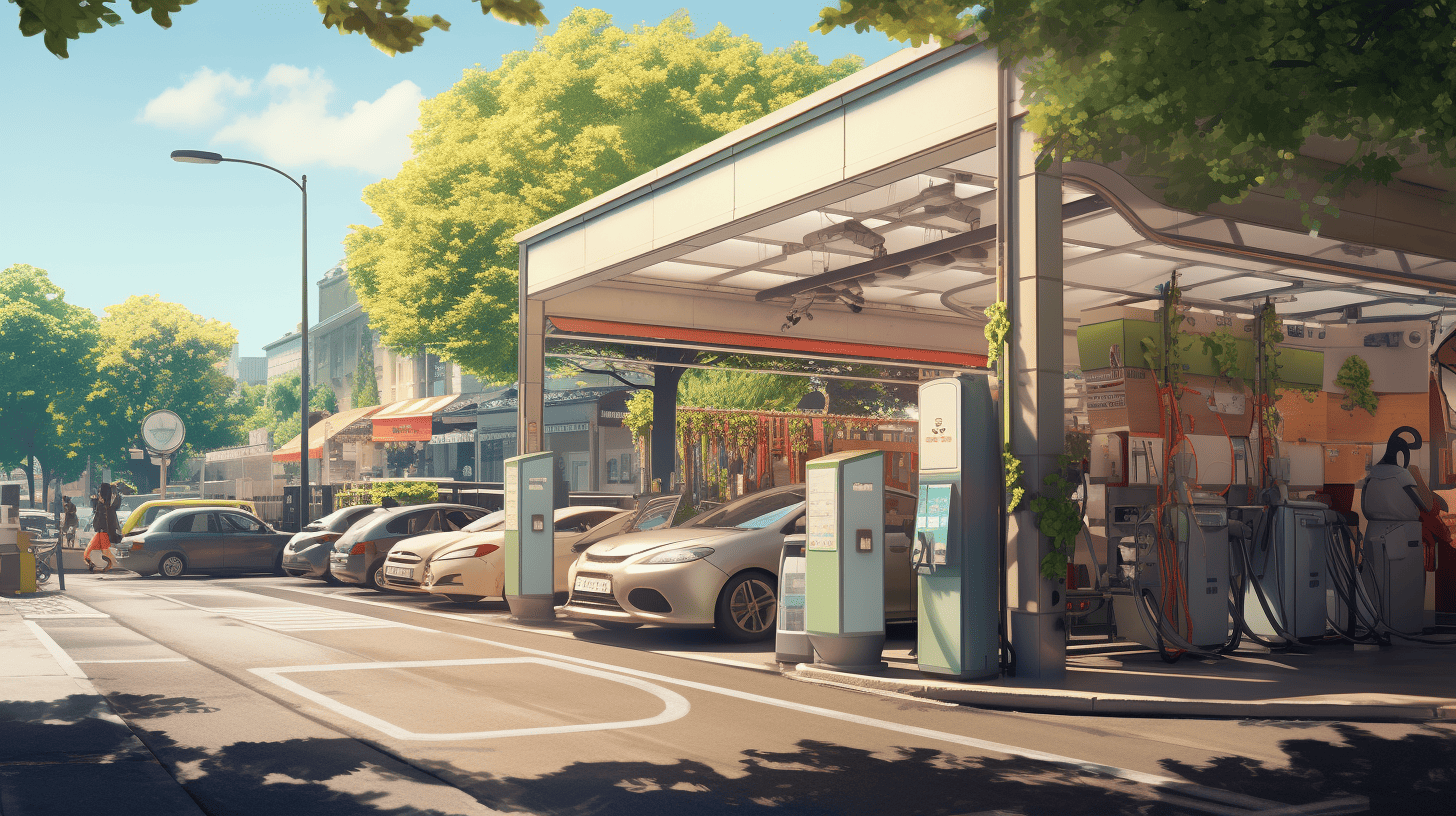
The increasing electrification in society leads to higher peak loads on the electricity grid. Some people are warning for an energy transition that is too fast. Others are hopeful for a fully electric future. In a report commissioned by the Dutch Topsector Energie program, more than 100 potential solutions are offered, all focusing on maximizing the capacity of the existing or upcoming electricity network to accelerate the energy transition. In a 12-part series, Innovation Origins spotlights the twelve most promising solutions. This is part 9: Location Control for Sustainable Generation and Storage.
- The Dutch Topsector Energy collected 100 ideas to solve the issues around grid congestion.
- One of the twelve most powerful ideas is location control for sustainable generation and storage.
- Active location control by network operators and governments represents stronger top-down control. However, societal interests can also play a role in choosing the location.
Location control actively guides network operators and local governments in designating locations for sustainable energy generation and storage. The available network capacity and local electricity demand are the guiding principles. Active location control by network operators and governments represents stronger top-down control. However, societal interests can also play a role in choosing the location. This approach deepens the search areas for sustainable generation used in the Regional Energy Strategy (RES).
Active control
The emphasis of location control lies in the detailed level of guidance (from search area to location designation) and the involvement of the network operator (from advising to co-determining) and the local government (from giving direction to designating). Active control of locations for sustainable generation and storage also fits into the approach of ‘Integral Programming’. Network operators and governments take more control in the development of the energy system and can anticipate future developments with more certainty because they help shape these developments. This requires clear choices, and resistance should not be avoided. The current criterion for network investments, which requires a demonstrable need, can also be more flexibly interpreted; that need would be designated.

Consensus is slow
Directly involved parties include developers of sustainable energy generation projects, network operators, and governments. Indirectly, it also concerns citizens and companies. In the current system, locations for decentralized generation and storage are identified via the Regional Energy Strategies (RES). The RES works according to a consensus principle, involving the environment in planning. However, this can work slowly and does not provide sufficient clarity for network investments.
One area of focus is closer cooperation between grid operators, producers, and energy suppliers. Laws and regulations strictly separate those roles now. This solution would put pressure on those relationships and may require rules adjustment. Because the choice of location for sustainable generation potentially affects businesses in the immediate vicinity, it must be ensured that choices made by the grid operator and government are legitimate. This can be done, for example, by ensuring objective substantiation or by applying a principle of ‘higher public interest’.
Storage and hydrogen
Storage also requires location control to prevent storage from being realized where it increases rather than decreases the grid load. Storage should therefore be used not only for energy transactions but also for congestion prevention. Looking at future developments, location control is also relevant for hydrogen production because of its significant impact on the grid.







